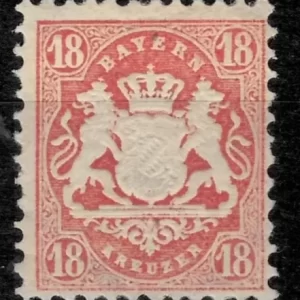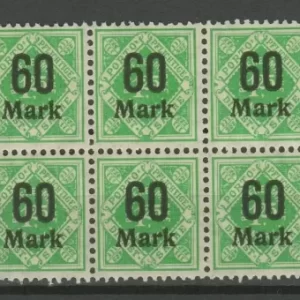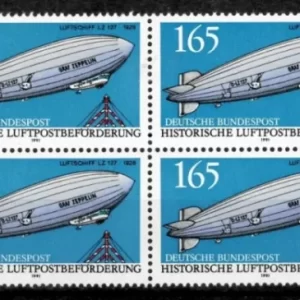German Reich / Bohemia & Moravia year 1943 stamps – Adolf Hitler – Complete set
That is a historically significant and highly collected set of stamps from
You are looking for a significant and politically charged issue from the Protectorate of Bohemia and Moravia (German: Böhmen und Mähren) during the German occupation.
The stamps featuring Adolf Hitler in 1943 were issued to commemorate his 54th Birthday and were designated as semi-postal stamps (meaning they included an extra charity surcharge).
🇩🇪 Protectorate of Bohemia & Moravia 1943 Hitler Set
This issue consists of two commemorative semi-postal stamps, both featuring a portrait of Adolf Hitler standing at a window of Prague Castle, looking out over the city.
| Denomination | Colour | Surcharge | Catalogue Number (Michel/Scott) |
| 60h + 140h | Black Grey Purple | 140 Haler | Michel 126 / Scott B18 |
| 120h + 380h | Carmine Red | 380 Haler | Michel 127 / Scott B19 |
- Issue Date: April 20, 1943 (Hitler’s 54th Birthday)
- Significance: The extra surcharge (140h and 380h) was collected to support the German war effort, highlighting the function of these stamps as political propaganda and fundraising tools for the Nazi regime.









